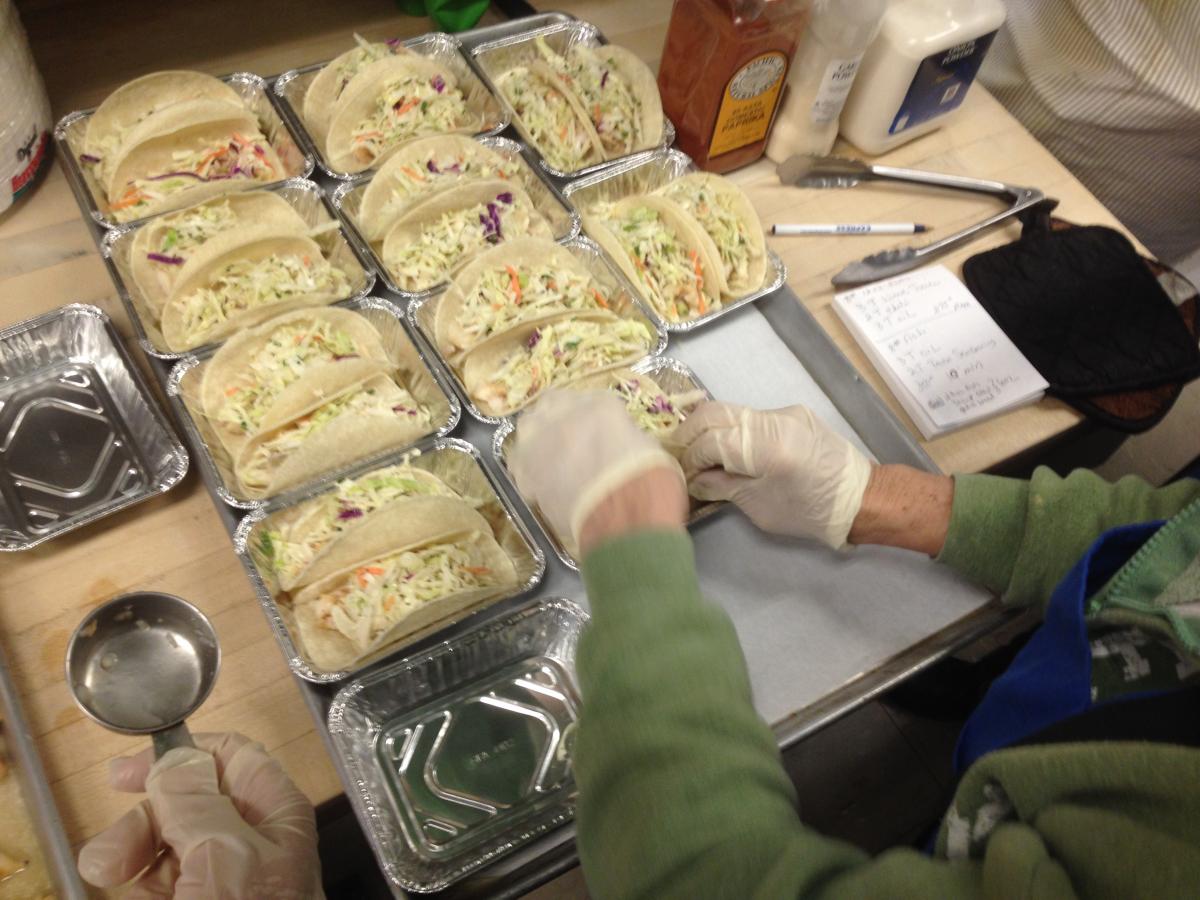Eating is Believing in the Monterey Peninsula
I began my career in Child Nutrition at 26 years old in the Monterey Peninsula Unified School District (MPUSD). Six months later, I was stepping into the director position amidst one of the biggest changes in school meal regulations, attributed to the Healthy, Hunger-Free Kids Act (HHFKA) of 2010.
Being young and enthusiastic has its perks, as you don’t know any better but to embark on change with energy and idealism. At MPUSD, we had already adopted many of the major changes in the regulations, as many districts in California and across the nation had.
While there is no doubt that fresh fruits and vegetables, whole-grains and low-fat dairy contribute to a healthy diet, I believe the greatest contribution of the HHFKA is empowering districts to return to some form of scratch-cooking. Some schools never stopped, while others are beginning to get their feet wet.
Nothing contributes to health more than serving real ingredients prepared with care, creativity and attention to quality. At MPUSD, the new meal pattern supports our efforts in recipe development, inspired by our multi-cultural student population and sustained by a rock-star staff who enjoy providing the best meal possible each day.
Through this process we have been able to engage students more than ever. A particularly special partnership has blossomed from the Seaside High School Culinary Arts program. Students go head-to-head to create winning recipes that are passed along to our department for standardization, nutrition analysis and adjustments for production. When a student’s Chicken Posole recipe is served for 500 of his peers, you can imagine the impact, as well as the marketing potential. Check out our Chicken Posole recipe for yourself, below! Other recipes developed by students include a chickpea-based Rockin Moroccan Stew, tangy Buffalo Chicken Wrap and tofu-laden Veggie Enchiladas.

Monterey Peninsula Unified School District Nutrition Services has begun sourcing local fish for use in their school lunch program, creating recipes that align with the meal pattern, while engaging students and the community.
One of our most exciting culinary adventures has been the sourcing of local fish direct from the Monterey Bay, which many students view outside of their classroom windows. Baked with oil and herbs, and topped with a cilantro coleslaw, fresh local fish creates the perfect fish taco – merging nutrition, flavor and significance.
Ultimately, HHFKA has elevated school meals to the spotlight of national attention. This movement can educate parents and community members on the incredible work being done two to three times a day in our schools. And by creating meaningful menu options we build a foundation to educating students on the interconnectedness of diet, environment and health.
By serving dishes that students get excited about, we hold their attention and the ability to educate.
Chicken Posole
Serves: 48
Ingredients:
- 10lb cooked diced chicken
- 1 lb dried pasilla pepper
- 1/8 cup table salt
- 1/2 cup raw garlic
- 1 gallon + 1 1/2 cup of canned yellow hominy
- 1 gallon low sodium chicken broth
- 25 bay leaves
- 1/4 ground cumin
- 5/8 cup ground oregano
Directions:
- Thaw Chicken Fajita Strips in refrigerator at 41 degrees F 1-2 days before service.
- Boil chilis and garlic in water for 5 minutes. For 50 servings, use 3 gallons water, for 100 servings, use 6 gallons water.
- Prepare "red sauce" by pureeing chilis, soaking liquid, salt and garlic with an immersion blender. (Start with less liquid and add more as you go along). Strain sauce, if necessary.
- Drain canned hominy.
- Add red sauce, hominy, chicken, chicken broth, bay leaf, cumin and oregano to a stockpot.
- Simmer for 15 minutes on high heat.
- Prep garnishes while posole is cooking. May be served in individual portions or bulk on a salad bar. Individual serving sizes: Cabbage: 1/2 cup (1.2oz), Cilantro: 1/4 cup (0.3 oz), Limes: (2 quarters) Radishes: (0.5 oz).
- Discard bay leaves (if whole)
- Serve with garnishes: cabbage, cilantro, onion, limes and/or radishes.
